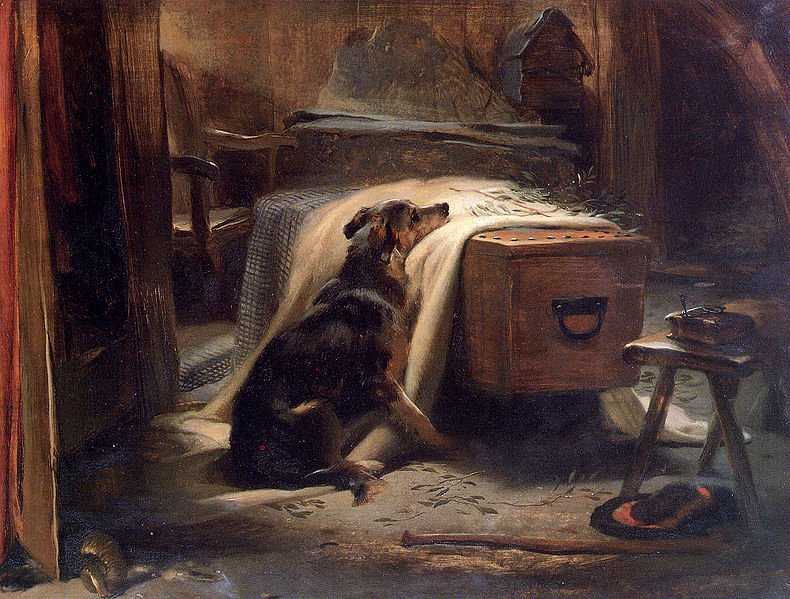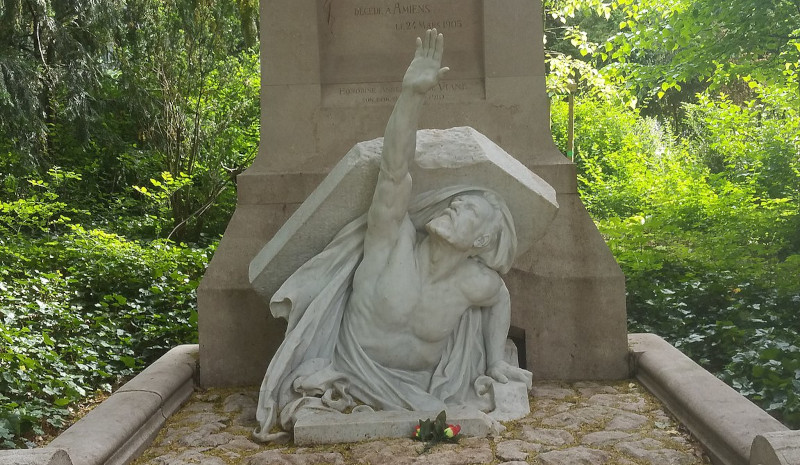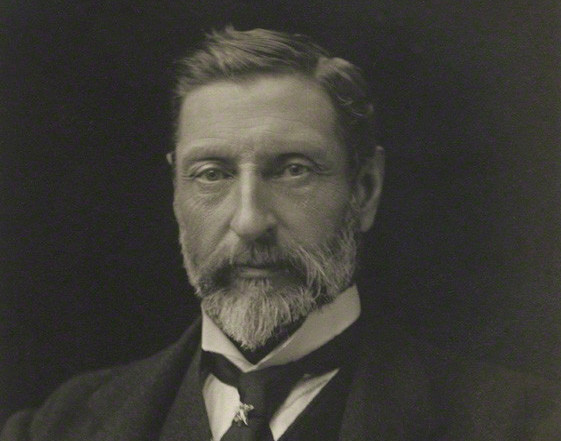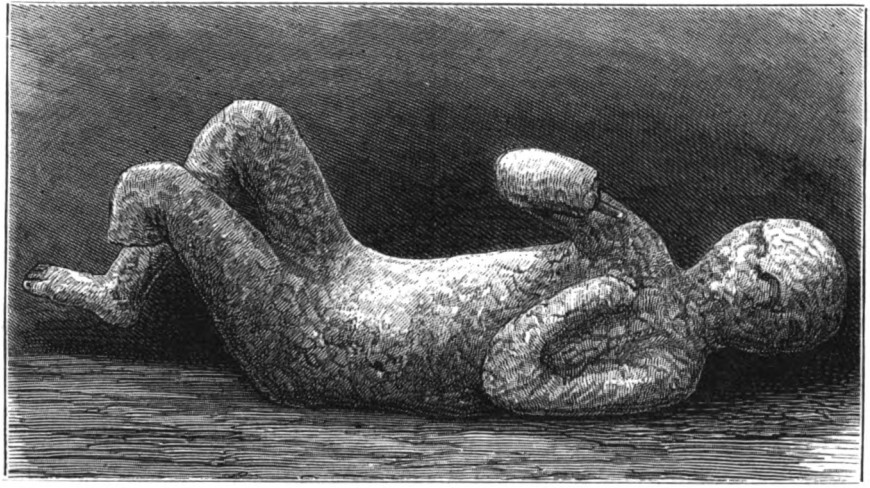Ballerina Anna Pavlova was famous for creating The Dying Swan, a four-minute solo ballet depicting the last moments in the life of a swan, after the cello solo “Le Cygne” in Camille Saint-Saëns’ Le Carnaval des animaux. She performed the role some 4,000 times; American critic Carl Van Vechten called it “the most exquisite specimen of [Pavlova’s] art which she has yet given to the public.”
Two days after Pavlova’s death in 1931, the orchestra at London’s Apollo Theater paused between selections and began to play “The Death of the Swan.” Dance writer Philip J.S. Richardson recorded what came next:
The curtain went up and disclosed an empty, darkened stage draped in grey hangings, with the spotlight playing on someone who was not there. The large audience rose to its feet and stood in silence while the tune which will forever be associated with Anna Pavlova was played.
“It was an unforgettable moment,” he wrote.





